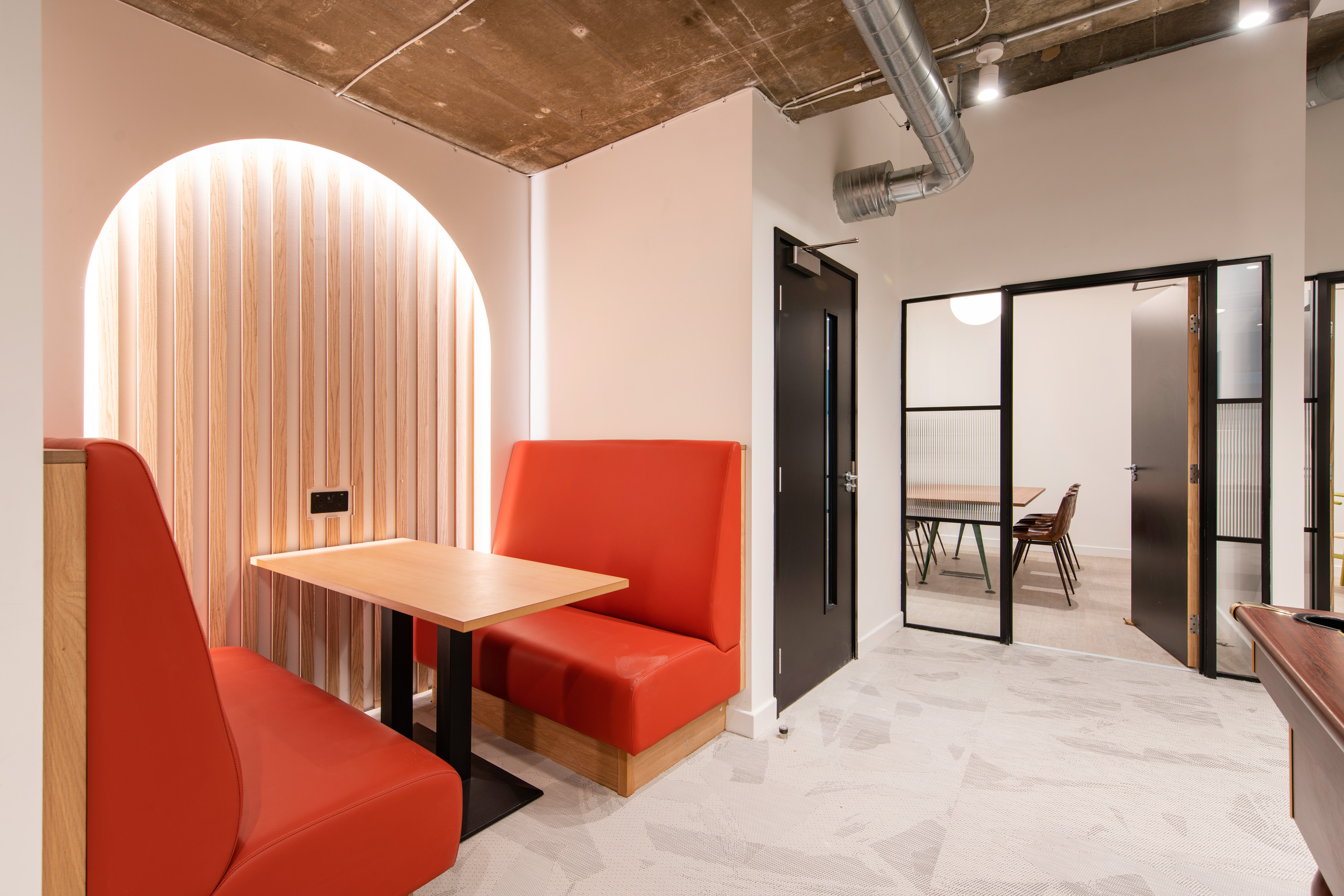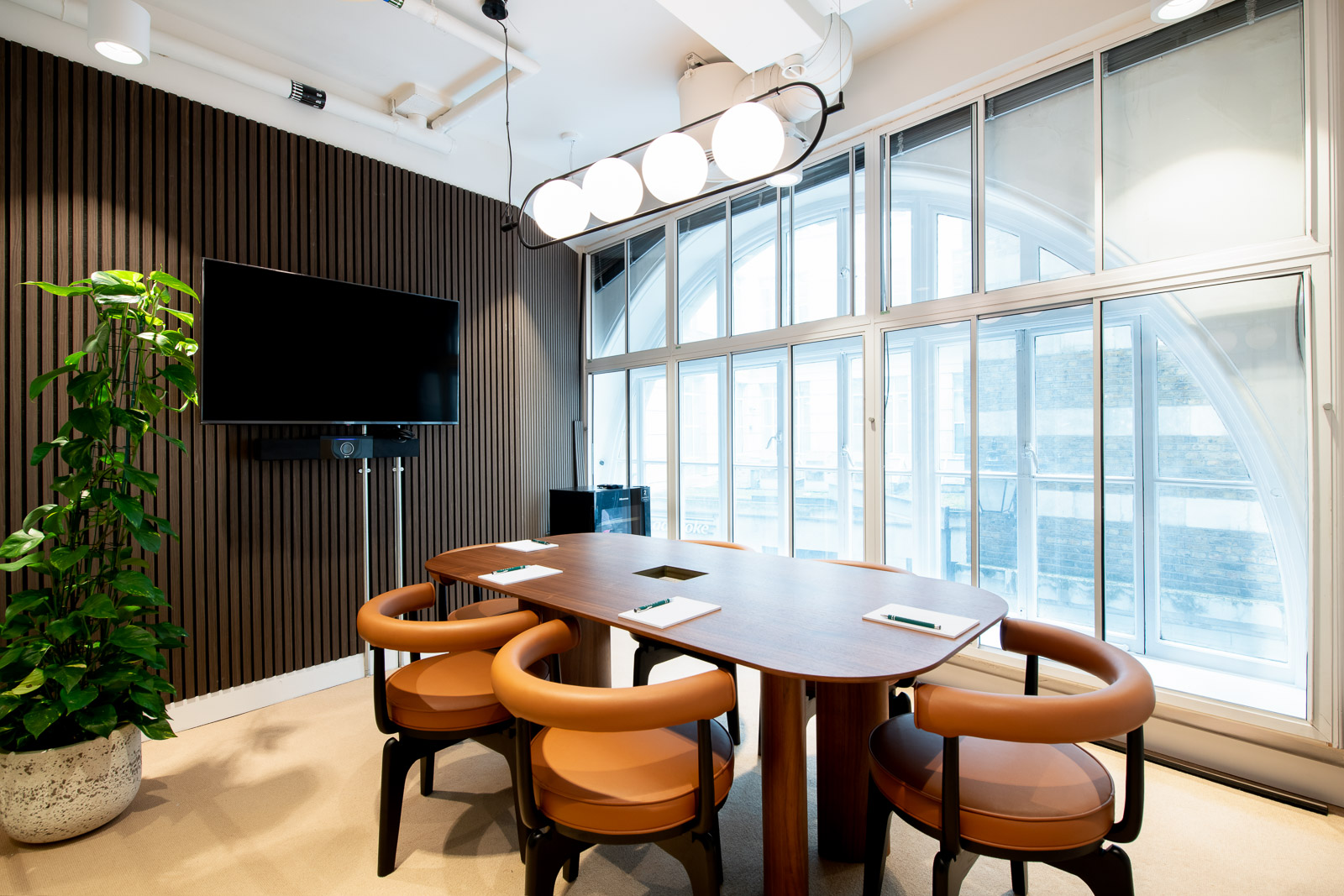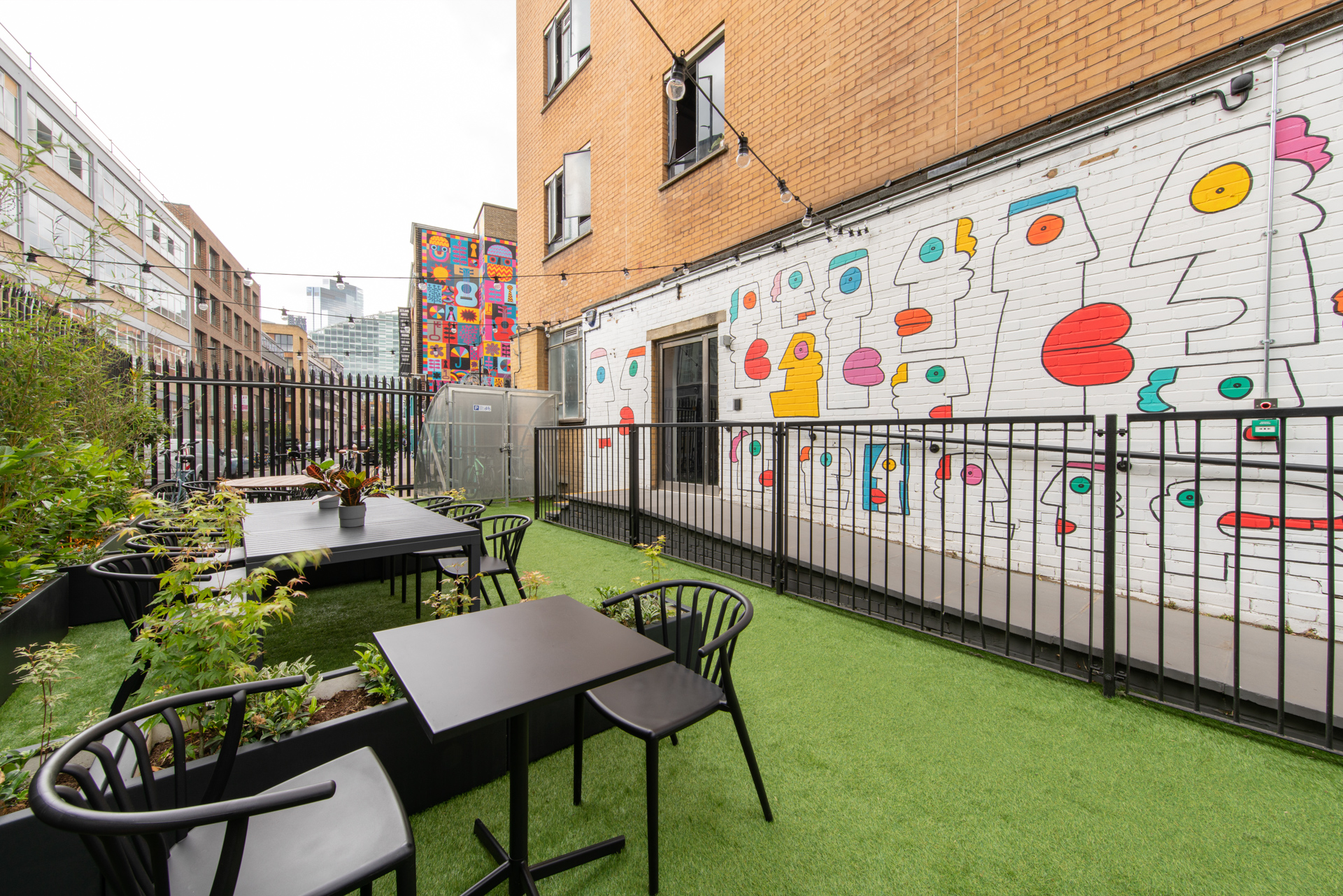In fact, most full-time employees now work flexibly as millions of businesses have been forced to embrace flexible working in one way or another. But beyond safety and avoiding the spread of Covid-19, why are so many businesses moving over to more flexible and hybrid working models, and what exactly constitutes flexible working?
What is flexible working and hybrid teams?

Confusingly, flexible working is one of the broadest HR terms. It can mean a host of different things to different businesses. And it only gets even more confusing when companies decide to rebrand it as ‘smart working’ or ‘agile working’.
But at its heart, flexible working is simply an alternative to the traditional nine-five. It’s a different way to work, including working from home, switching up start and finish times, working part-time, job shares, and a long list of other flexible ways to work.
A hybrid team is one that's made up of both remote team members and employees that work in a central location, aka an office. This blend between flexible and more traditional styles of working allows businesses and their employees to have the best of both worlds.
A handy flexible working definition
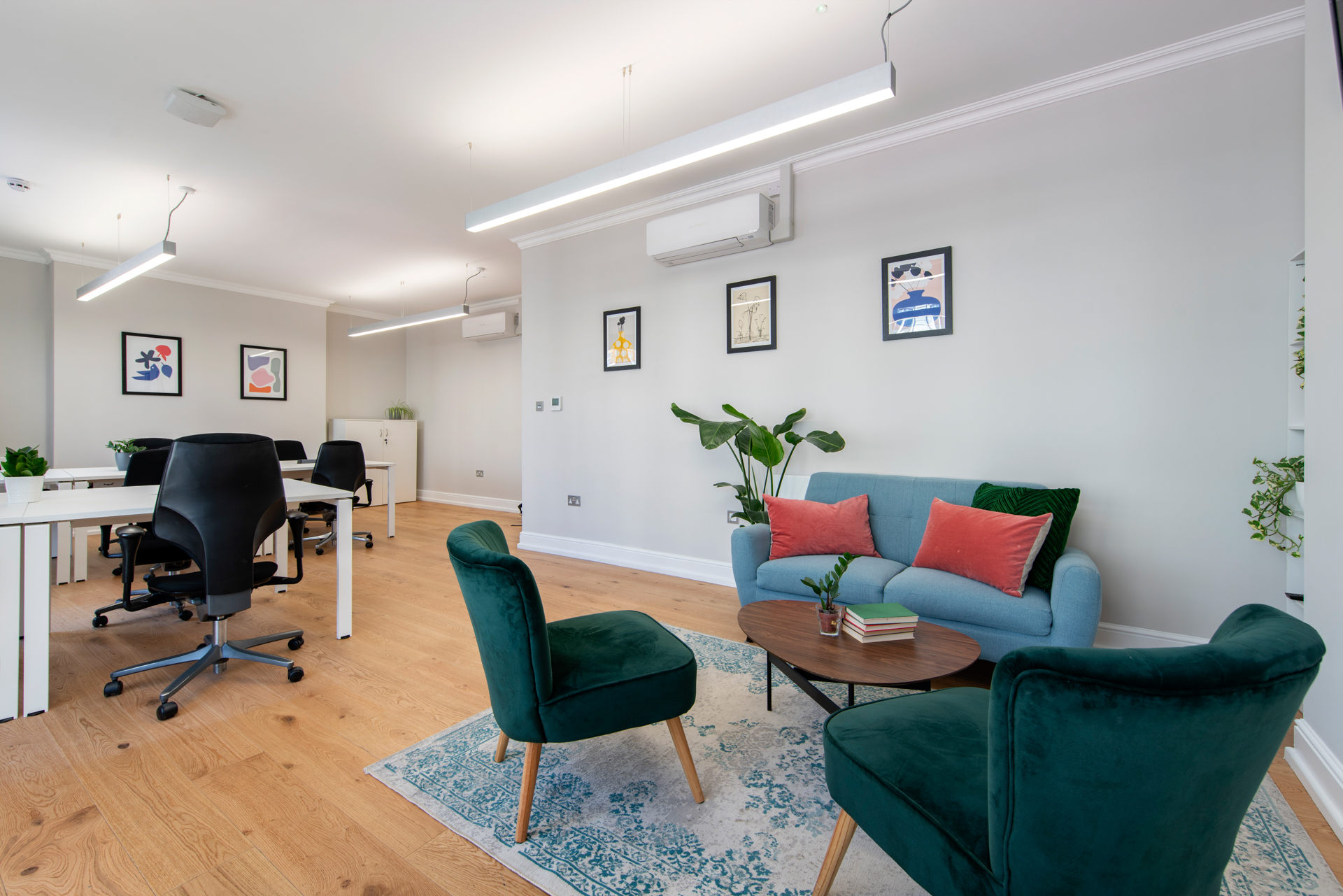
Flexible working is a non-traditional working arrangement that takes into account an employee’s personal requirements. Some people call it flexitime or flextime. It’s essentially any form of working structure that doesn’t subscribe to traditional office hours or arrangements.
Types of flexible working and how they fit into hybrid teams

As it’s such a broad term, there are many different types of flexible working. Usually, flexible working is a negotiation to find something that suits both businesses and employees. Such arrangements have nuances and intricacies. However, most flexible working arrangements will usually include one or more of the following:
-- Working from home
-- Part-time working
-- Flexi-time
-- Job sharing
-- Phased retirement
-- Compressed hours
These flexible styles of working can be adopted by an entire business or a select few employees to form hybrid teams with a blend of flexibility. For example, your business could have an office space that some employees work from full time, others part-time at different hours, with some employees working from home.
What are the benefits of flexible working?
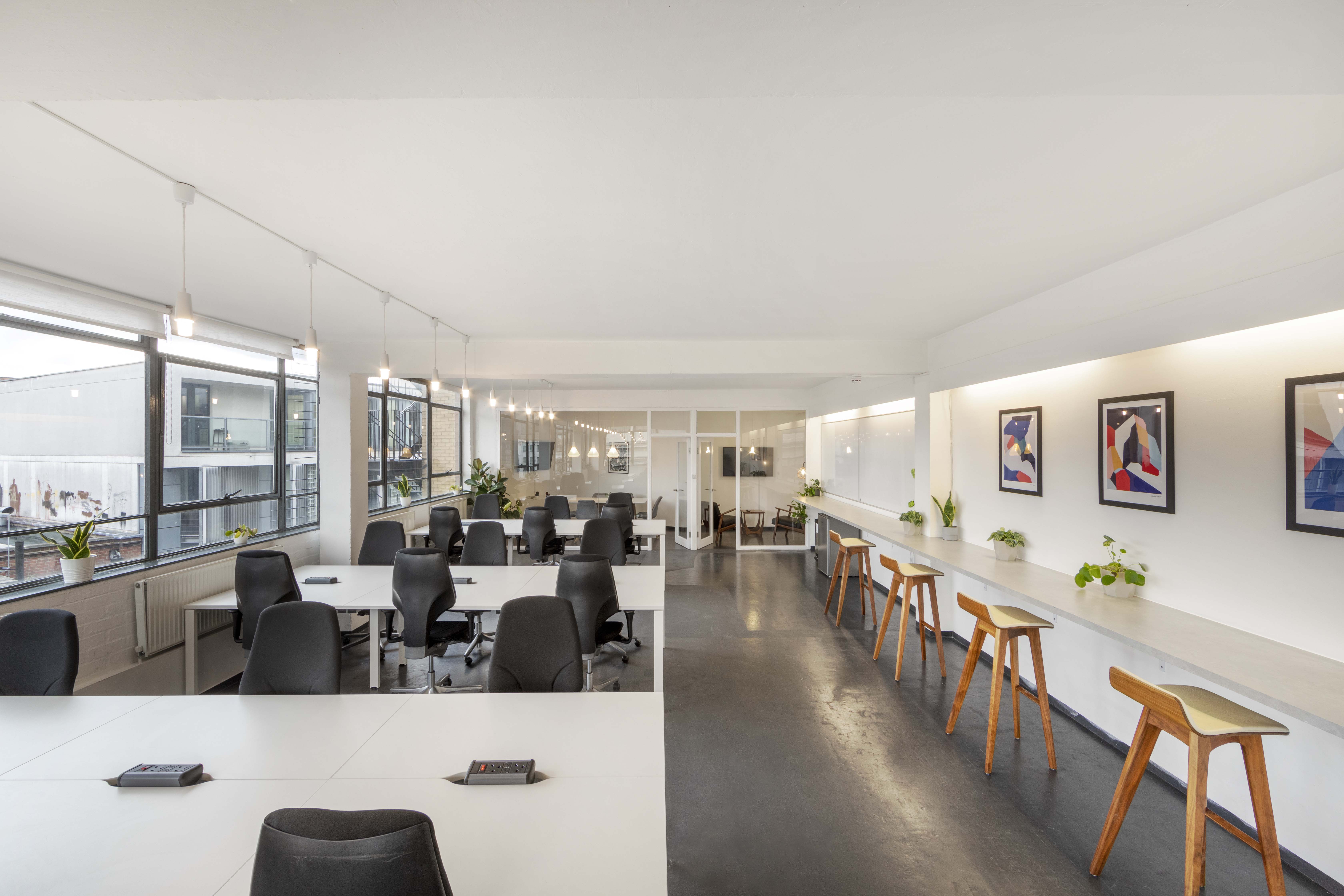
In a pre-pandemic world, employers were sometimes hesitant to offer flexible working to their team. They worried about the possibility of reduced productivity and whether people would actually do their jobs. Given the opportunity to work from home or change their hours.
But the advantages of flexible working go both ways for employees and employers, especially when integrated within a hybrid working model where there's a blend of working styles. Giving businesses the chance to stand out from the competition. There are a lot of benefits for employers, such as:
-- Employee retention: Giving your staff flexible schedules can help to keep them happy in their job and not looking around for new opportunities. In fact, it’s a job perk that many job-seekers look for.
-- Attract top talent: When you have the traditional nine to five in an office, you can limit yourself to local talent. By introducing flexible workplace trends like working from home, you can access talent from anywhere in the world and increase diversity in your workplace. Whilst still having the perks of an in-office team that works alongside remote employees.
-- Productivity: Despite the worries of employers, there have been a huge number of surveys particularly on remote working, that show that employees are more productive with flexible schedules than they are in a traditional working environment.
-- Employee engagement: By creating a workplace environment that empowers your staff and gives them a better work/life balance, they’re far less likely to take sick days, look for a new job and be far more engaged in their role. A recent study showed that flexible employees work 16.8 more days a year.
-- More eco-friendly: By allowing employees to work from home or reduce their hours, you can help to reduce the carbon emissions from their commute and use less energy and water at your office.
-- Cost-efficient: If you’ve transferred your team to predominantly flexible working, you may be able to reduce the size of your office. Flexible office spaces provide this option. On average, SMEs saved over £800 every month during the pandemic.


